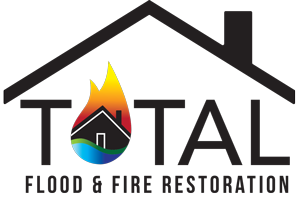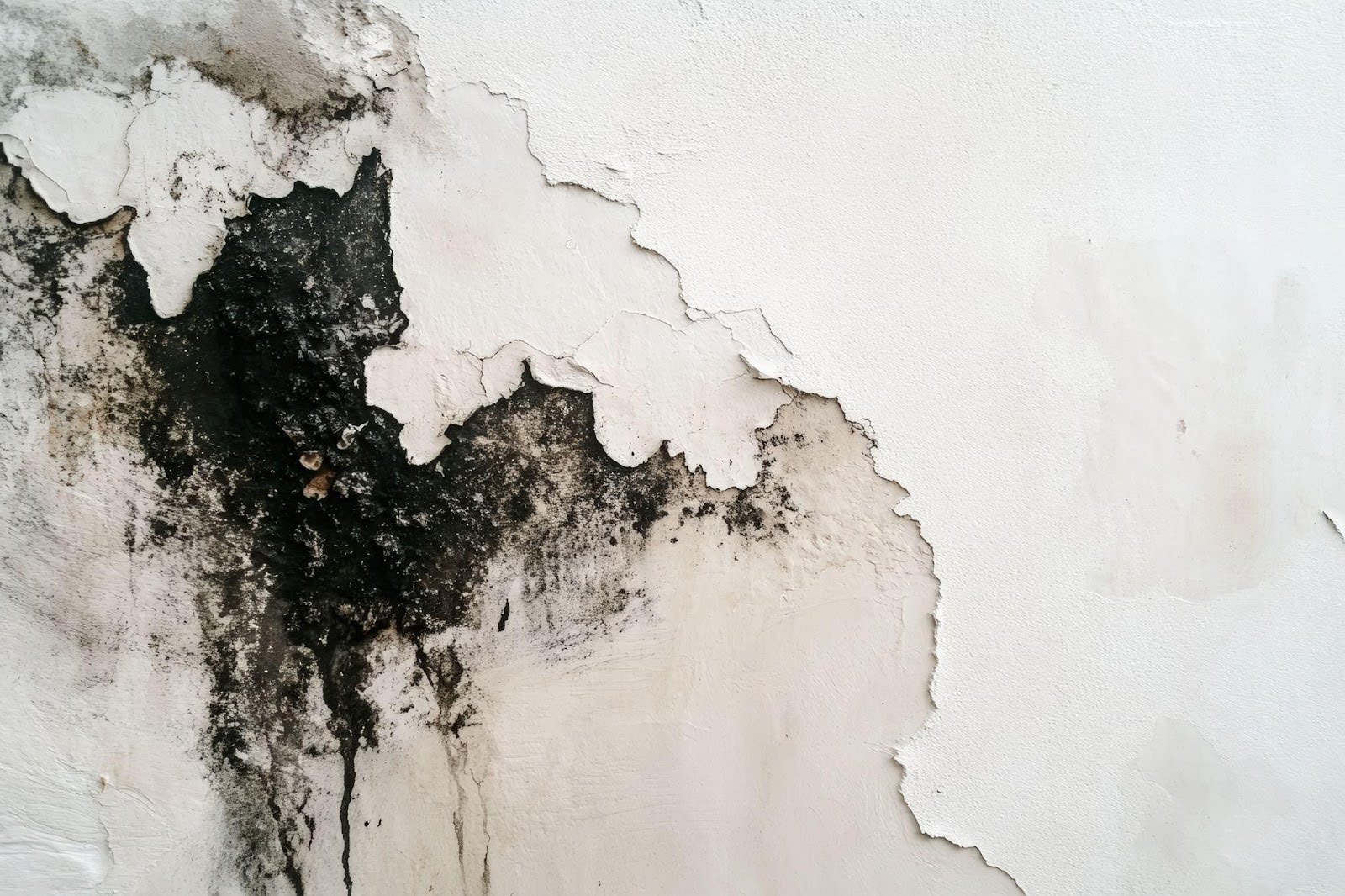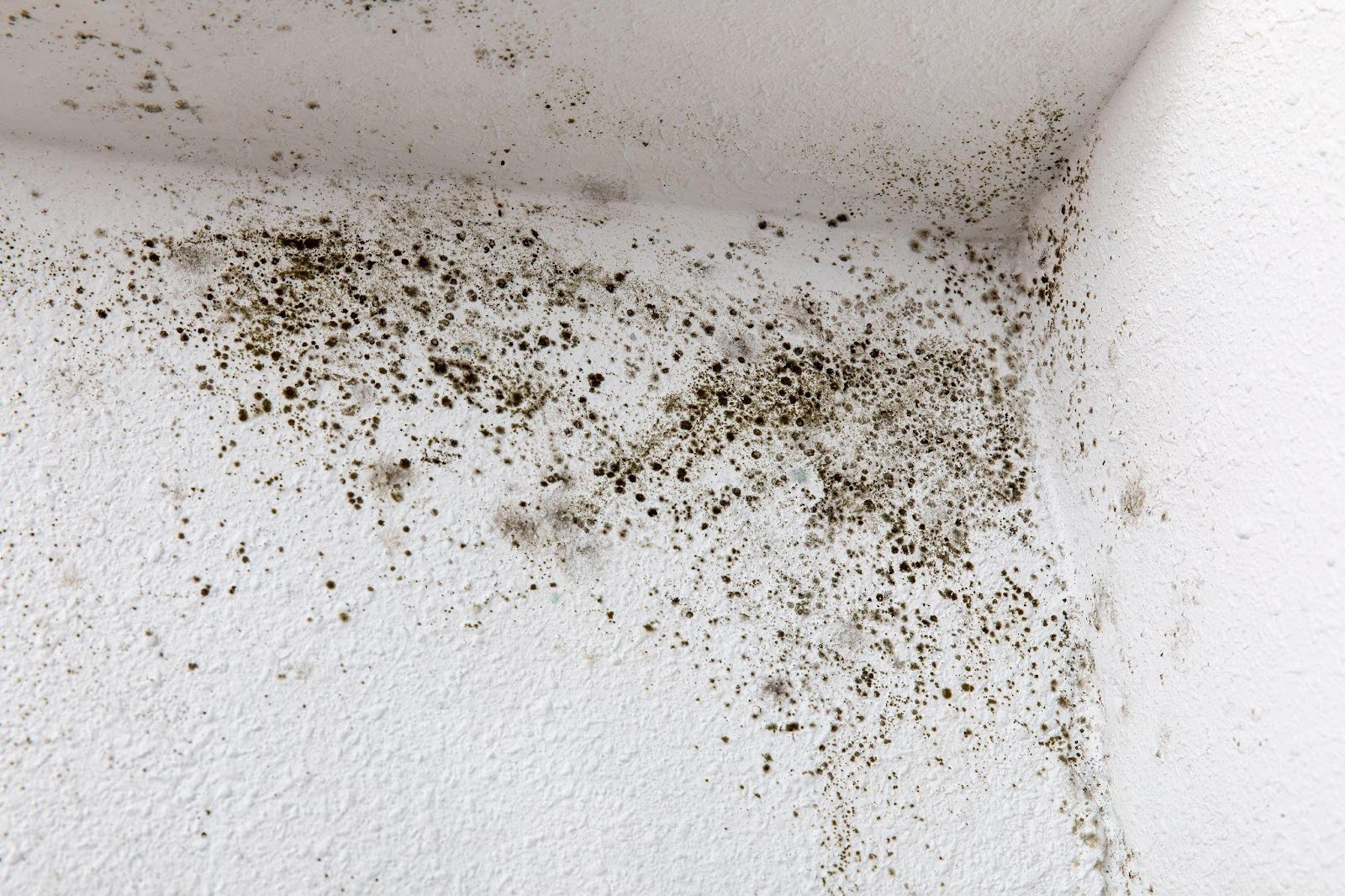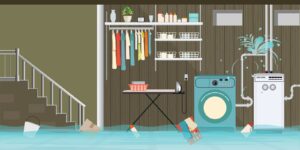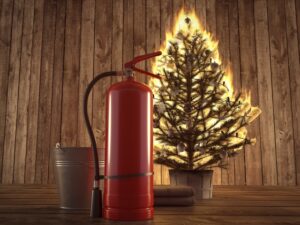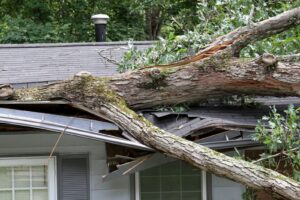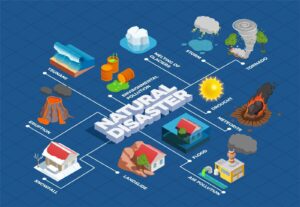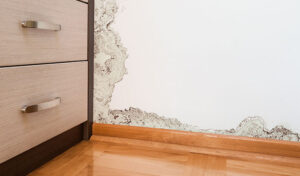While many associate mold with humid regions, black mold can also become a serious problem in areas with fluctuating temperatures, snowmelt, and hidden moisture. These factors make Utah homes surprisingly vulnerable.
Utah’s climate combines dry desert air, cold winters with heavy snowfall, and brief but intense rainy seasons. These sharp seasonal changes create conditions where moisture accumulates in walls, basements, and attics, often without the homeowner noticing. Snowmelt in spring and the use of evaporative cooling in summer contribute to unexpected humidity indoors.
This blog explores how Utah’s climate influences black mold growth and outlines clear steps homeowners and property managers can take to reduce the risk. From identifying moisture sources to improving ventilation and choosing the right building materials, you’ll learn how to keep your property dry, clean, and mold-free year-round.
What is black mold?
Stachybotrys chartarum, commonly known as black mold, poses serious health and structural risks when it gains a foothold in a property. This toxic mold species thrives in areas with consistent moisture and organic materials, making water-damaged homes especially vulnerable.
What black mold needs to grow
Black mold requires three primary conditions: moisture, warmth, and a food source. It feeds on organic materials found in wood, drywall, wallpaper, carpet, and insulation. Once introduced, it spreads rapidly in dark, humid environments where airflow is restricted and moisture persists.
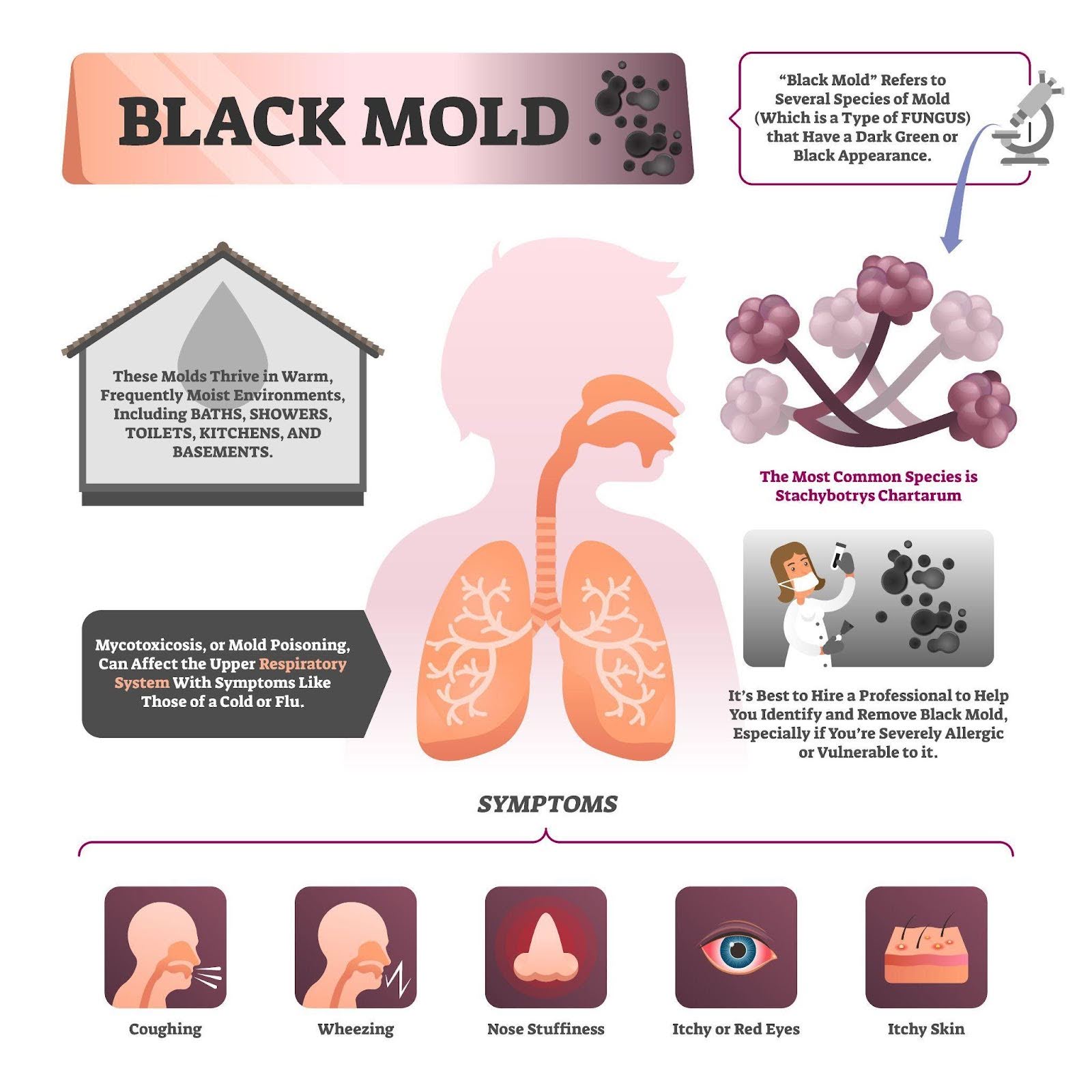
Common places where black mold appears
You’ll most often find black mold in:
- Basements and crawl spaces with poor ventilation and past water exposure
- Behind walls and under floors, especially near leaking pipes or after flooding
- Bathrooms, laundry rooms, and kitchens where steam and condensation build up
- Attics where roof leaks and blocked ventilation trap warm, moist air
Homeowners in Utah may overlook the risk due to the state’s arid conditions, but even in dry climates, snowmelt, plumbing issues, and improper drainage can create ideal microenvironments for mold. Understanding where and why black mold grows is the first step toward effective prevention and long-term property protection.
Utah’s seasonal climate and common moisture sources that fuel mold growth
Winter: Snow, ice, and frozen pipes
Heavy snowfall and ice buildup in Utah often lead to water seeping into basements and foundations. Poor attic insulation allows heat to escape, creating ice dams that melt and leak into ceilings and insulation.
Freeze-thaw cycles also put pipes at risk of bursting, releasing water into walls and floors and creating ideal conditions for mold. Regular pipe insulation and attic upgrades reduce these risks.
Spring: Snowmelt, rain, and rising groundwater
Rapid snowmelt and seasonal rainstorms raise humidity indoors and increase the chance of flooding in low-lying areas. Basements are especially vulnerable as groundwater seeps through cracks or poorly sealed window wells. Sump pumps, foundation sealing, and improved exterior drainage keep basements dry and mold-free during spring.
Summer: Swamp coolers, HVAC issues, and high heat
Swamp coolers and HVAC systems influence indoor moisture levels. Poorly maintained swamp coolers introduce excess humidity, while clogged filters or leaky ducts in HVAC systems circulate damp air throughout the home.
Combined with high summer heat, these conditions accelerate mold growth. Seasonal inspections and maintenance prevent hidden mold problems in ducts, walls, and flooring.
Fall: Temperature swings and poor ventilation
Utah’s autumn brings warm days and cool nights, encouraging condensation on windows, pipes, and walls. Poorly insulated crawl spaces and attics collect moisture, while homes with inadequate ventilation trap steam in kitchens, bathrooms, and laundry rooms.
Adding insulation, improving airflow, and using dehumidifiers during the fall helps reduce mold growth before winter.
Preventing black mold in Utah’s climate
Use of dehumidifiers during humid seasons
Managing indoor humidity is one of the most effective ways to prevent black mold. A dehumidifier lowers moisture levels in basements, bathrooms, and other areas prone to dampness.
Keeping humidity below 50 percent makes it harder for mold spores to take hold and spread. Choosing energy-efficient models with built-in hygrometers ensures year-round control without wasting electricity.
Sealing basements and improving drainage
Basements in Utah face constant pressure from groundwater and snowmelt. Sealing cracks in the foundation and installing proper drainage systems protects against seepage. Gutters and downspouts should direct water away from the home to prevent pooling around the foundation.
These upgrades keep lower levels dry and discourage mold from forming on walls and stored belongings.
Maintaining HVAC and swamp cooler systems
Air conditioning and swamp cooler systems require consistent care to keep moisture under control. Clean and inspect filters, ducts, and drip pans to prevent mold-friendly conditions. Swamp coolers, in particular, add water to the air, which increases indoor humidity if they are not balanced correctly.
Seasonal maintenance keeps air quality healthy while reducing the risk of hidden mold growth in ducts and vents.
Insulating pipes and attics to reduce condensation
Condensation often develops in cold areas where warm indoor air meets cool surfaces. Proper insulation around pipes, attics, and crawl spaces helps limit this problem.
By stabilizing surface temperatures, insulation lowers the chances of moisture collecting and creating a breeding ground for black mold. It also reduces energy costs, making it a smart investment for comfort and protection.
Regular mold inspections, especially after water damage
Even with preventive steps, mold sometimes grows in hidden places. Scheduling professional mold inspections ensures you catch small colonies before they spread.
After any type of water damage, whether from a burst pipe or seasonal flooding, it is important to inspect the entire property. Identifying and addressing mold early keeps remediation costs low and protects the health of everyone in the household.
Protect your home from mold with expert help from Total Flood and Fire Restoration
When moisture problems become overwhelming, professional help makes all the difference. Total Flood and Fire provides trusted mold remediation and water damage restoration services tailored to Utah’s climate. Our team responds quickly, identifies the source of moisture, and restores your home with proven solutions.
Contact Total Flood and Fire today to protect your property and gain peace of mind knowing experts are on your side.
